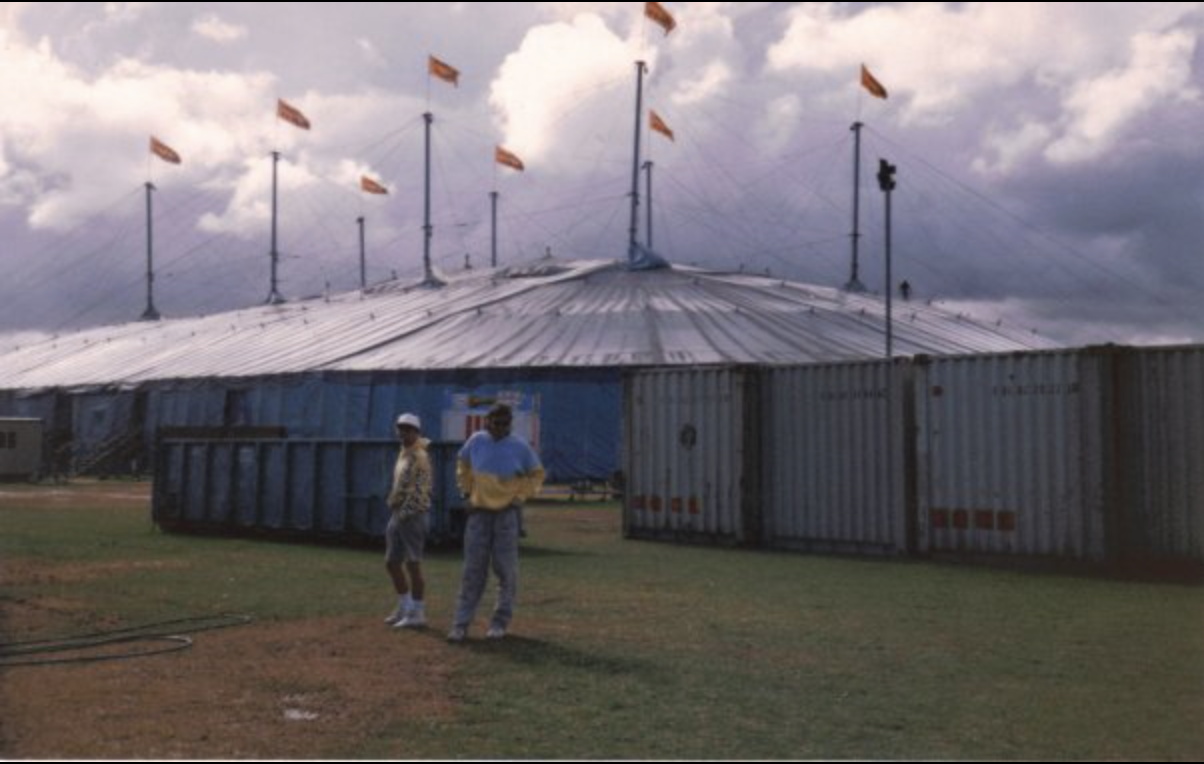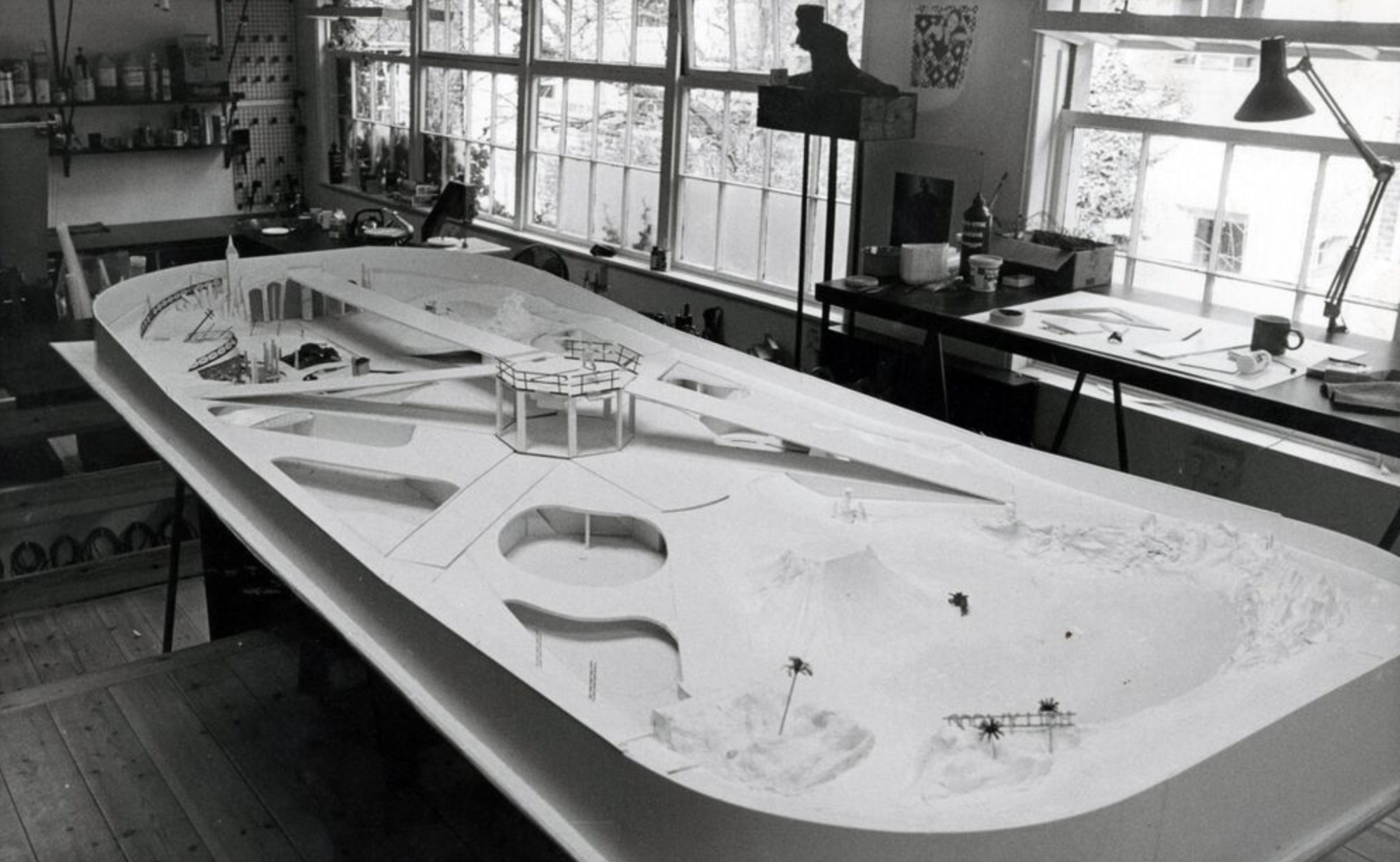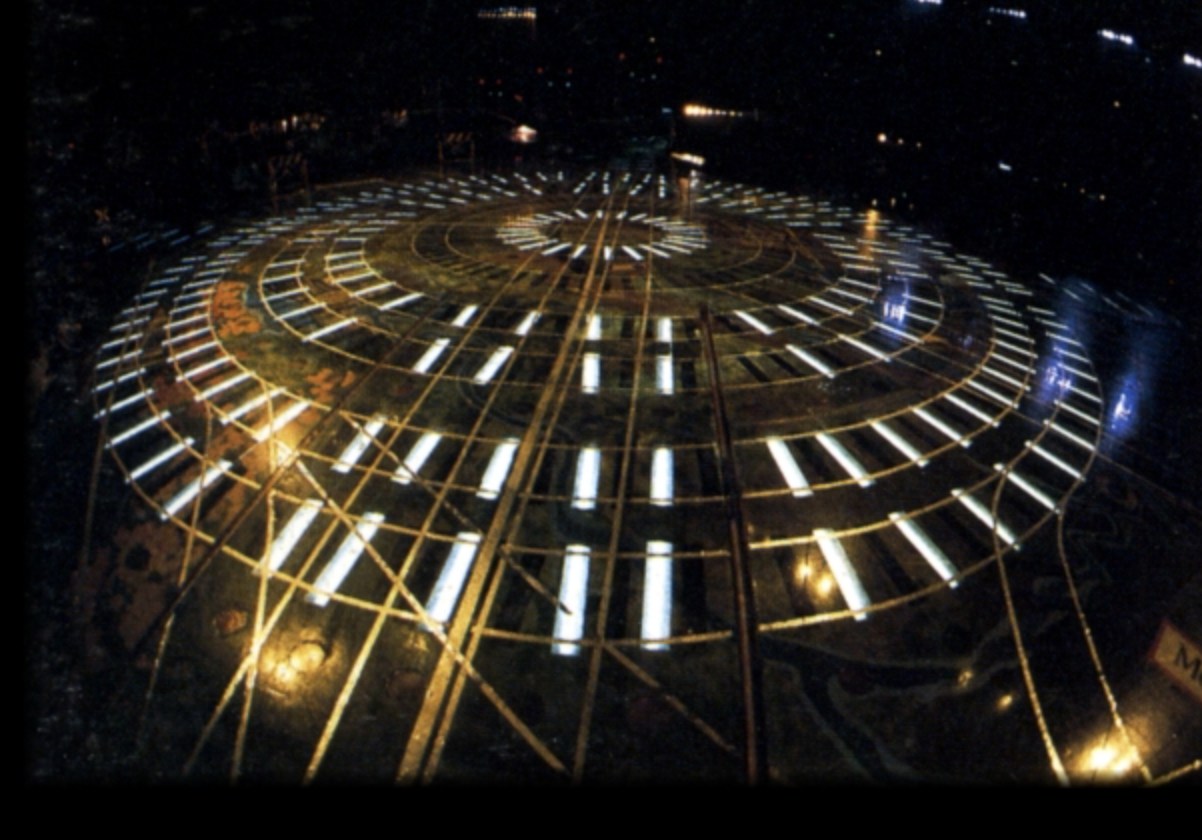Starlight Express '87
Starlight 87’
We’re starting with a classic 80’s one…
The year is 1987 and John Scandrett and Peter Grubb are working tirelessly to supply the sound equipment for the tour that nearly never came to Australia, Starlight Express, just weeks before its arrival.
System Sound has recently ordered a landmark 50 Yamaha PC2002 amplifiers, that at the time were the finest in their field, weighing 20 kilos each and powering just one of the 50 pa speakers required for the upcoming tent tour.
This was no ordinary tent – it was the world’s largest at the time. The Starlight Supertop was a vast canvas tent housing 6,500 seats, and was imported from England. It took up almost an entire car park at the Sydney Showground and was managed by the Australian Circus Family the Bullens. On New Years Eve 87’/88’ John, Pete and company would climb onto its canvas roof to watch the fireworks in the harbour.
To Martin Levan’s (Phantom of The Opera, Song And Dance) design, System Sound provided the 48 Meyer UPA speakers, the most compact and powerful speakers of their time, still in use today, and the 12 Meyer MSL-3 speakers that formed the main speaker system, together with numerous sub-bass and SFX speakers. To do the maths, the amplifiers weighed just over a tonne. That would have been without the racks they sat in. This is all of not having mentioned the 7 kilometres of 4 core speaker cabling that ran the show. It was a heavy affair…
Fortunately the first 25 amps arrived just in time to be wired up in the week before. Two per rack, fully fitted out and wired up. The others only turned up on site at the tent, on the first day of use. You can imagine the rush.
The Really Useful Group and Australian producers had partnered with Benson and Hedges (yes) to bring Starlight to Melbourne after a successful run in the Tokyo Yoyogi Stadium, and would bring two sound English operators to run the show – Martin’s Associate Richard Sharratt and Jane Bloomfield. This was, of course only part of the equation. In the late 1980’s there were not enough radio microphones for back-up mic’s, so System provided an operator to run two 24 track MCI studio 2 inch tape recorders with tracks for every performer that the operator could switch to in event of a mic failure.
Simple and easy solutions…
Wireless mics themselves at the time weren’t built for musicals as they are now and this became apparent during the technical run of the newly tent staged show. Firstly the space was huge and the reception wasn’t the same as a small theatre in London; secondly boom “Madonna” mics didn’t really exist yet so mini mics like we use on normal musicals were fitted to coat-hanger wire bent into a headset shape.
This would have been fine if it wasn’t massively louder than the mics could handle. The Sennheiser transmitters had to be reduced 16dB in sensitivity, and to increase the Countryman mic’s maximum output level to handle the SPL being right in front of a singer’s mouth without distorting, they built, on site, dental floss boxes, that would supply 12v to the microphone, to achieve the max SPL required. At the time the only quick source of miniature 12v batteries was found in a tobacconist in King’s Cross in Sydney, by purchasing two dozen cigarette lighters to throw away, keeping their batteries for use in the radio mics.
The next major challenge came with the location of the show, in Sydney’s Showgrounds, in Moore Park on the doorstep of a quite leafy suburb proposed one major question – how would the production handle noise control? A strategy was devised:
An acoustic consultancy firm was brought in to measure the noise from the production around the nearby houses, large stately homes and mansions surrounding the area. A 20ft high, 200ft long iron wall was erected to help control the sound dispersion.
System devised a clever trick to maintain background noise level in the peaceful night time using Altec Lansing A7 speakers to supply white noise outside the tent so that music that escaped from the tent would not be perceived as an annoyance above the ambience in the front yards of the nearby houses.
So the operator would know if he was hitting the noise level liable for complaints, a set of traffic lights was placed next to him, switching from green to amber, to red, letting him know if he was crossing the line.
Devious!
Anyway, as the show toured around Australia it met with great success, especially in the Tennis Centre in Melbourne, finally winding up with a relatively quiet season in Adelaide.
Finishing again in the tent, there was no site office provided for the team so John ordered a 30ft caravan to be brought to site - from his mobile phone, a 25 watt device with an antenna that would burn if touched, with an acousticoupler providing for the all important faxes to be sent and received on the go – 3 minutes per page! It was also the size of a briefcase…
Check out the embedded link for a downloadable pdf of the program from the show and this outrageously dated, part one of a documentary on the production on YouTube.










